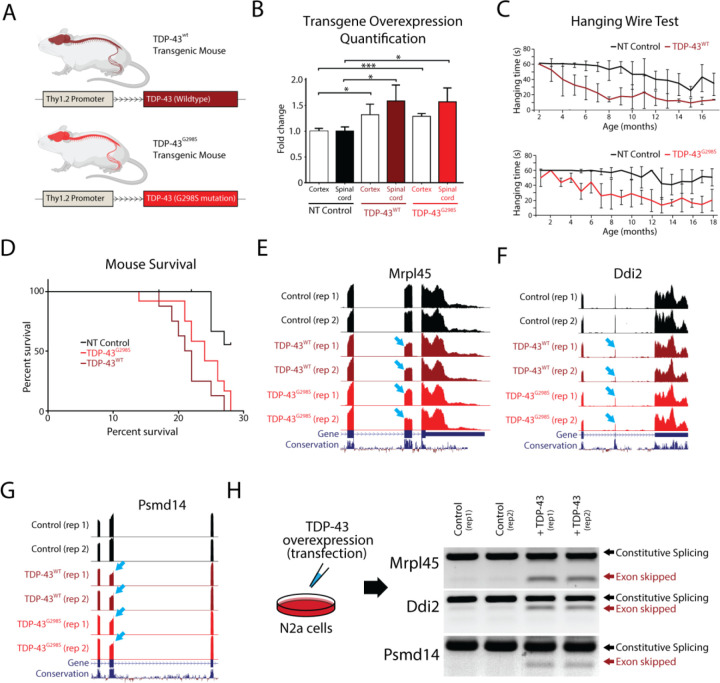Figure 1. TDP-43 overexpression in mice leads to skipping of constitutive exons.
Overexpression of TDP-43 has been shown to be toxic when under the control of different promoters, leading to premature death in animals. (A) In this study, we investigated the effects of overexpressing both human TDP-43 (TDP-43WT) and TDP-43 carrying a G298S mutation (TDP-43G298S), under the control of the weak Thy1.2 promoter in mice. (B) We compared TDP-43 levels in the spinal cord and cortex of transgenic mice to controls using immunoblotting. We observed approximately 1.5x and 1.3x overexpression of both transgenes in the spinal cord and cortex, respectively (* p<0,05, ***p<0.001). (C) We measured the hanging time of transgenic mice compared to their littermate controls and found a reduction associated with age, indicative of a motor neuron deficit. (D) Both transgenic lines had shorter survival times compared to nontransgenic (NT) controls (NT vs WT: p=0.0005, NT vs G298S: p=0.0035), but there were no differences between the two transgenic lines (WT vs G298S: p=0.1260). (E-G) To investigate the underlying mechanism of TDP-43 toxicity, we performed RNA-Seq analysis on isolated mouse spinal cords and found several instances of exon skipping (arrows) in both transgenic lines. (H) To confirm that these skipping events were directly caused by TDP-43 overexpression and not an indirect effect of disease progression, we transfected mouse N2a cells with human TDP-43 and evaluated different targets using double band RT-PCR. We observed exon skipping events only in transfected cells.

